Through the lens of a macro photographer, these tiny creatures reveal their intricate beauty and bring about a deeper appreciation for the natural world around us.
The Fascination with Macro Insect Photography
Macro insect photography offers a unique perspective that is often overlooked. It allows us to capture the exquisite details of insects that are otherwise invisible to the naked eye. By magnifying these minuscule subjects, photographers can unveil the marvels of nature that are frequently taken for granted.
Here are some key takeaways on why macro insect photography has become a passion for many:
- Intricate Details: Macro photography uncovers the hidden beauty and intricate details of insects, showcasing the patterns, textures, and colors that make them so fascinating.
- Unique Perspectives: By capturing insects from unusual angles and up close, macro photography presents a fresh perspective, allowing us to see insects in a completely new light.
- Unveiling Hidden Worlds: Macro insect photography gives us a glimpse into the microcosm that exists right beneath our noses, revealing the hidden wonders of nature that often go unnoticed.
- Artistic Expression: For photographers, macro insect photography offers a canvas for creativity and self-expression, allowing them to showcase their unique vision and skills.
Equipment and Techniques for Macro Insect Photography
To excel in macro insect photography, having the right equipment and mastering proper techniques are essential. Here are some key tools and techniques that photographers can utilize:
Macro Lens:
A high-quality macro lens is the most important tool in a macro photographer’s arsenal. It enables photographers to focus sharply on tiny subjects, capturing intricate details with precision.
Tripod:
Using a tripod helps stabilize the camera and avoid blurry images. When dealing with close-ups of fragile subjects like insects, even the slightest shake can ruin a shot, making a tripod indispensable for achieving sharp and detailed images.
Lighting:
Lighting plays a vital role in macro insect photography. Natural light can produce stunning results, but photographers can also utilize diffusers and reflectors to control and enhance the lighting conditions. Additionally, using an external flash or ring light can help eliminate shadows and provide balanced illumination.
Focus Stacking:
In macro photography, the shallow depth of field is a common challenge. Focus stacking is a technique where multiple images taken at different focal points are combined to create a final image with larger depth of field, resulting in a sharper and more detailed photograph.
The Impact of Macro Insect Photography
The impact of macro insect photography goes beyond capturing visually appealing images. It serves as a powerful medium for education, conservation, and raising awareness about the importance of insects in our ecosystem.
Here are some key advantages of macro insect photography:
- Education and Exploration: Macro insect photography encourages people of all ages to explore the world around them and learn about insect behavior, life cycles, and the role insects play in our environment.
- Conservation Advocacy: By showcasing the intricate beauty of insects, macro photography can inspire a sense of wonder and appreciation, leading to conservation efforts to protect their habitats and ensure their survival.
- Overcoming Fear and Misconceptions: Macro insect photography can help dispel common fears and misconceptions about insects by highlighting their captivating beauty and essential role in maintaining the delicate balance of our ecosystem.
Macro insect photography has the power to transform our perception of the natural world. It provides a unique opportunity to witness the extraordinary in the ordinary, opening our eyes to a universe of tiny subjects with a profound impact on our environment.
Conclusion
Macro insect photography allows us to explore the hidden beauty and intricacy of insects in a way that many have never experienced before. By magnifying these tiny creatures, macro photographers reveal the wonders that often go unnoticed. The photographs not only serve as aesthetically pleasing images but also as tools for education, conservation, and raising awareness about the value of insects in our ecosystem.
If you’re passionate about photography and nature, don’t hesitate to dive into the captivating world of macro insect photography. With the right equipment, techniques, and a dash of creativity, you can make a big impact by capturing the beauty of the small.
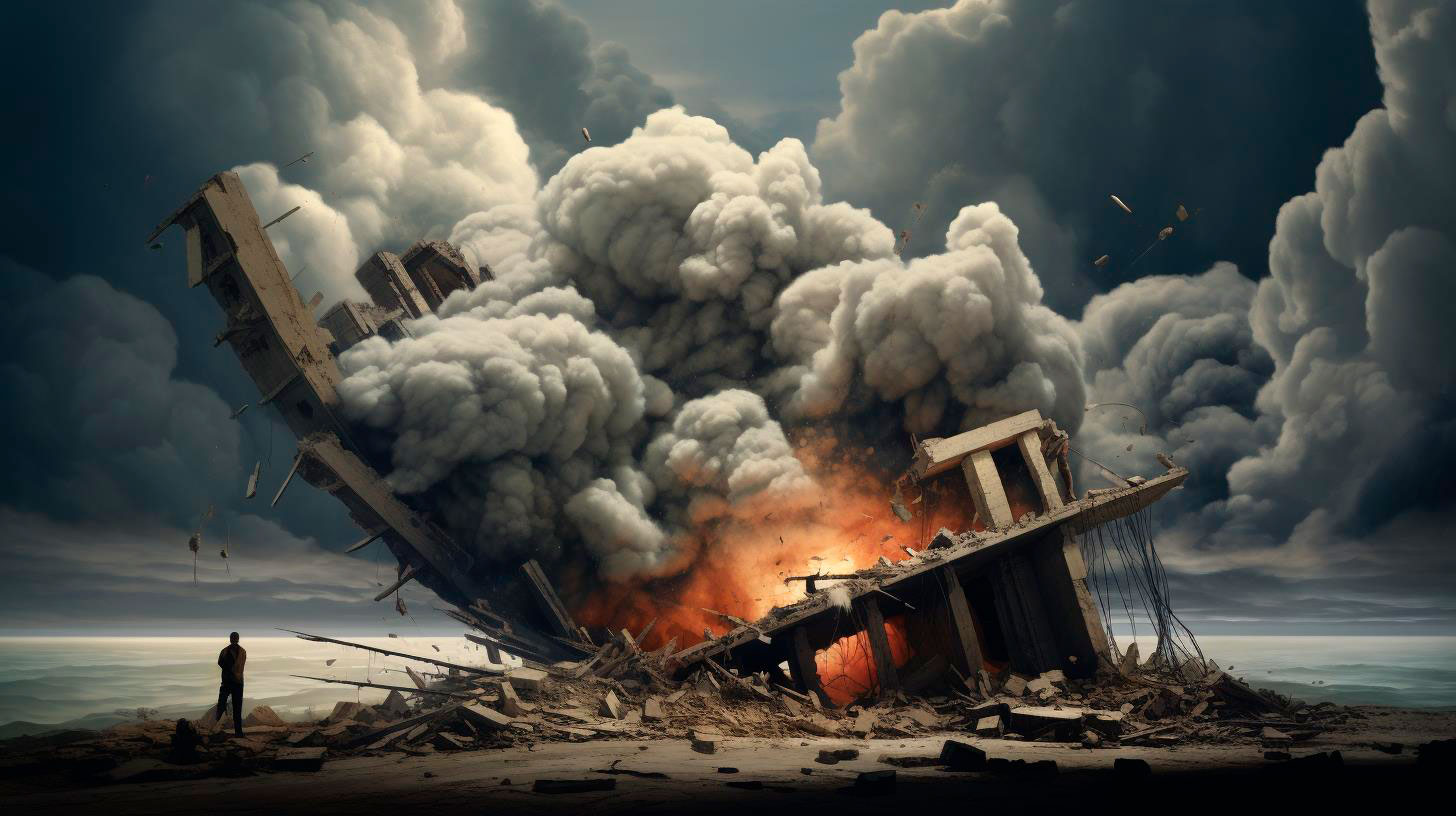
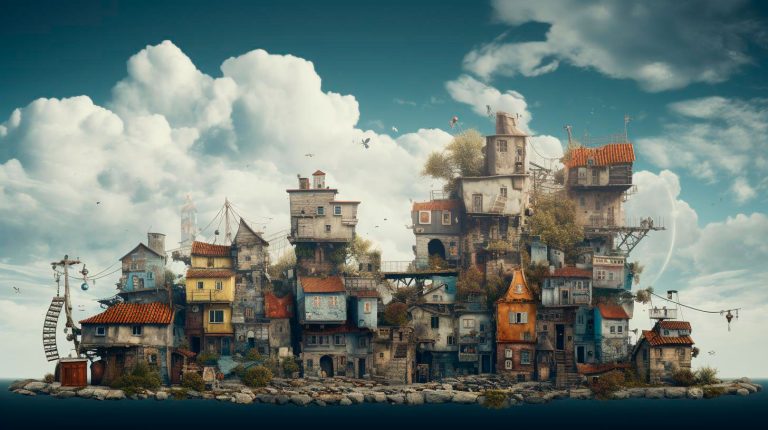
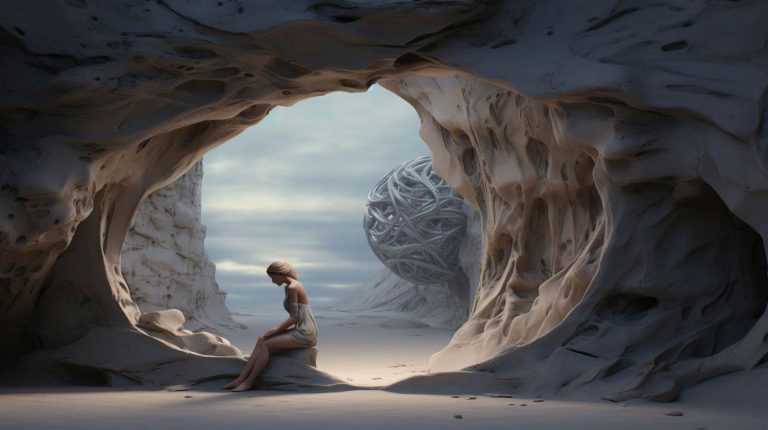
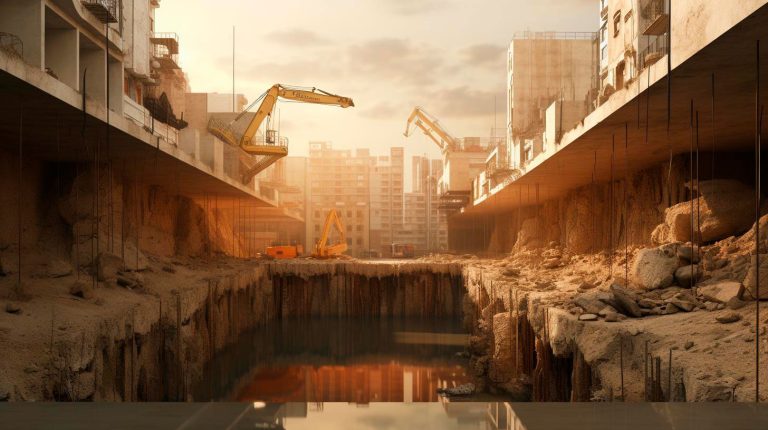


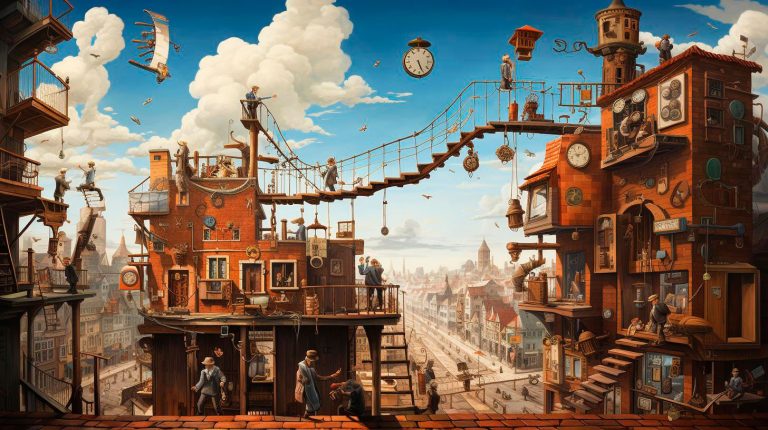











+ There are no comments
Add yours